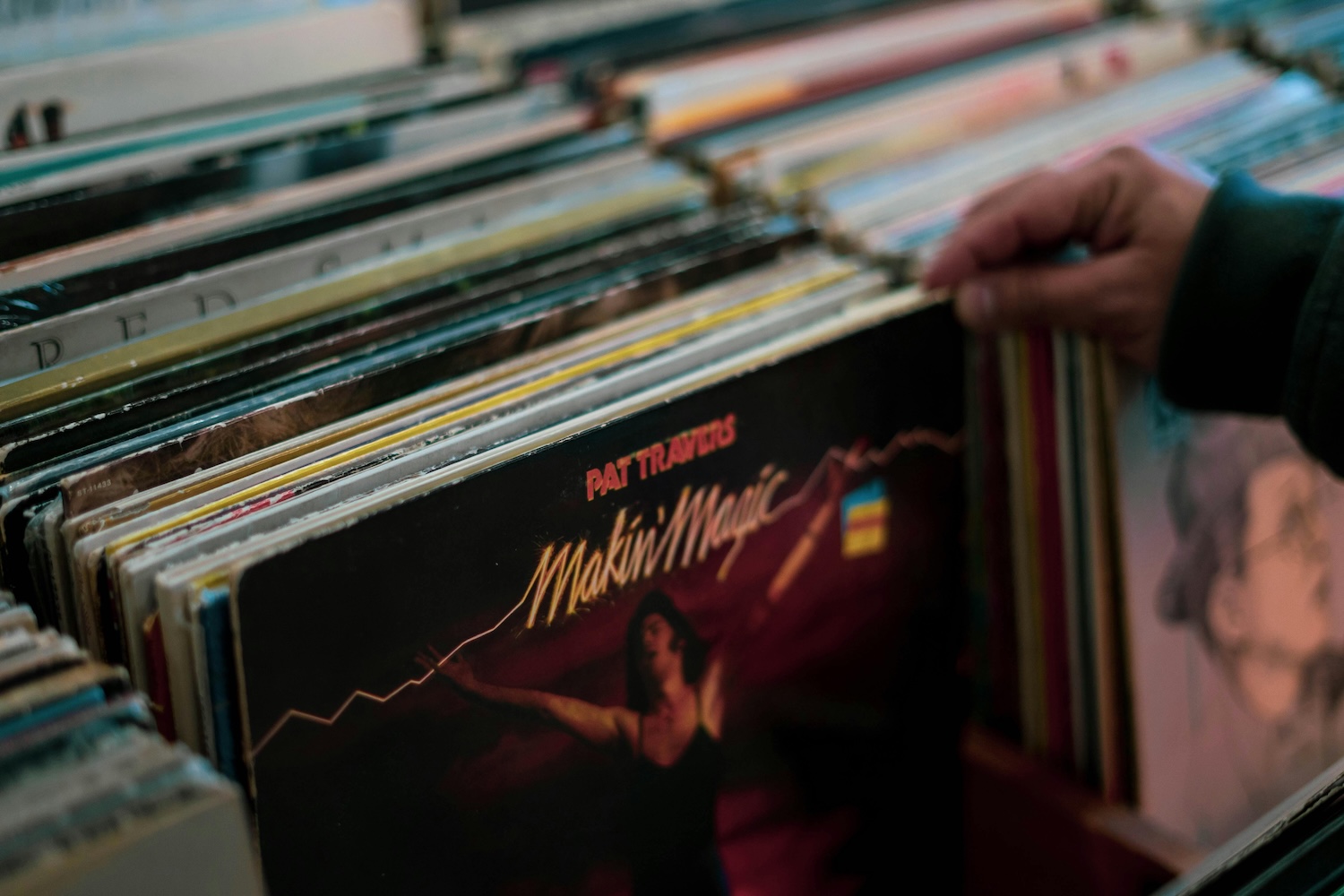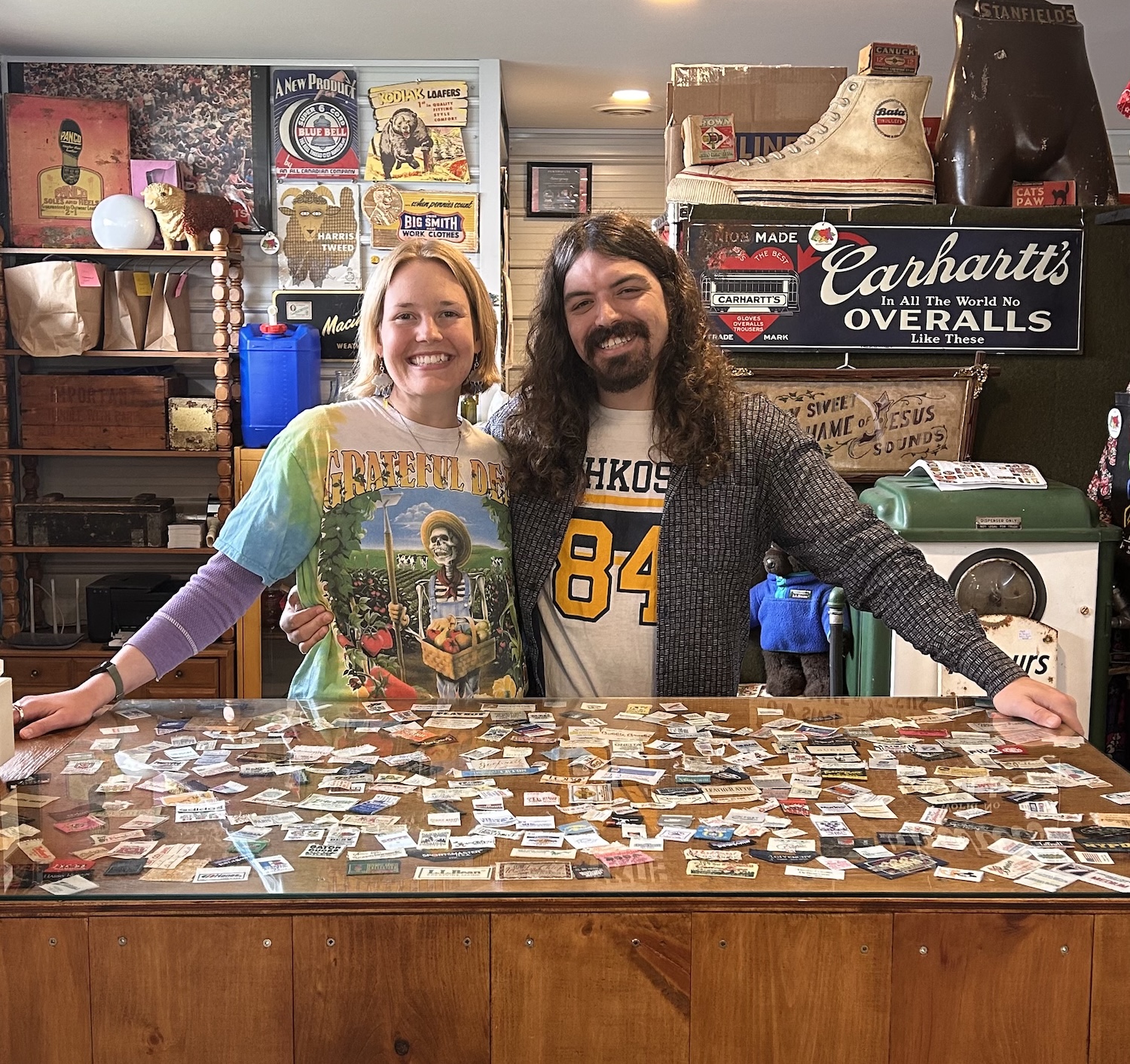Valuing vintage furniture: Q&A with Tina Beer Hamlin, owner of Coast Consignment
The owner of Vancouver’s largest furniture consignment shop discusses the benefits of buying and consigning and what determines the value of an item
Ever wonder why you might choose to buy or sell through a consignment shop when you could just hop on Facebook Marketplace or your favourite peer-to-peer app?
It all depends on who you are and what you’re buying and selling, says Tina Beer Hamlin, certified appraiser and owner of Coast Consignment in North Vancouver, B.C.
Consignment stores are highly selective about what they accept to sell. In Tina’s case, Coast Consignment’s inventory skews higher-end, giving customers access to luxury secondhand, pre-owned or antique furniture and decor that’s been vetted through an appraiser at a fraction of the price of new.
Here’s how it works: As consignee, Coast Consignment sells items on behalf of people (called consignors) who are looking to rehome their items. After the item has sold, Coast Consignment takes a commission off the sale price, then pays out the consignor.
Tina, who started in the furniture-consigning world 15 years ago after taking over her family’s business, says consignment is especially ideal for unloading large volumes after a downsizing or other major live event.
“Consignment works for many people,” she says. “If you have one-off things, maybe not so much. But even then, we have people who just don’t want to fuss with the online thing! They don’t enjoy it.”
Tina grew up with an eye for interior design and appreciation for art. Her father, an English expat, collector and serial entrepreneur, imported antiques and reproductions from England for much of her life. He founded Coast Consignment in 2004, and Tina joined the company in 2008, shortly before her father unexpectedly died of cancer.
Tina now runs the 7,000-square foot showroom and warehouse with her mother and business partner Angela, stocking a variety of antiques, art, vintage furniture and contemporary pre-owned pieces.

Here, Tina explains the benefits of consignment over private sale, what determines the value of an item, and why she hopes buyers consider antiques in their homes.
Tell us a little about what drives you at Coast Consignment.
Tina Beer Hamlin: We’re pretty passionate about what we do! Not only do we appreciate beautiful things and how timeless vintage and antique things are, but for us the sustainability of being a store that resells is hugely important to us.
It’s the circular economy — we’re bringing things in that have already been used to go back out and be loved by somebody else. That’s one of our main goals here and it brings us great satisfaction in seeing beautiful pieces find a new home.
Sometimes it’s hard for the seller to give up a piece. Because of life circumstances, oftentimes people are downsizing from very large homes to much smaller places. And they do have to make those difficult decisions to get rid of things.
I’m honoured that they choose us to take them and then we’re able to find another place where someone’s going to really appreciate them. That’s one of our main reasons why we do what we do.
What’s the benefit of consignment versus taking something to auction or selling it privately?
TBH: We work hard to take things that we know we’re going to sell. Some things will take longer. We’ll tell people that if you want to go to auction, oftentimes your items will sell faster, but they can sell for less money if it’s just a regular auction and not a specialty auction.
If you have a piece of artwork, especially that may be worth $20,000 and above, then your best bet is to probably send that to a specialty art auction. We have a company here called Maynards, or there’s Heffel in Toronto, Montreal and Vancouver.
For us, the benefit of consignment is we’re dealing with a lot of people who are doing quite significant downsizings. They’re people who are really busy, and they have a lot going on in their lives. To try and sell those items privately would require a huge amount of time and effort.
I buy on Facebook Marketplace, I buy on Craigslist. But selling and buying online can be very frustrating. You don’t always know who you’re dealing with. You can be ghosted, or you go out there to pick up and it turns out it’s not the item you want and somebody’s angry with you if you don’t want to take it — or you end up taking it because you feel badly. There’s all sorts of different things that can come up.
We provide a service where everything can be dropped off and beautifully merchandised. It goes onto our website, on Instagram, on Facebook. We take all forms of payment. We sell and rent to the film industry — that’s one of our biggest customers in Vancouver.
Accessing the consignee’s larger network is one of the benefits of consignment.
TBH: Yes. Sending your higher-end items for consignment gives you that broader, bigger marketplace and allows your items to be appreciated.
If you want to sell a used sofa for $10,000 — and we have sold used sofas for $10,000 — it’s not something that you’re going to sell on Facebook Marketplace or Craigslist.
We have a certain clientele that comes in here, and that’s not to say that everybody who walks in has pots of money! We have lots of items for all economic levels, which is important to us. But we do have access to that bigger marketplace for the harder-to-sell items.

You offer appraisals when someone intends to consign. Can you walk us through what happens?
TBH: About 90 per cent of my appraisals are done by a photograph or video call, where someone can walk me through their place and show me their items. I find out if there are any brand names that are associated. I often know from the background of the rooms what I’m dealing with in terms of homes, and also the quality of the furniture.
Most of the time I know right off the top of my head what the values are going to be. There are over a dozen factors and variables that automatically calculate in my head when I look at an item. My appraisal is free — you get one value initially, for everything.
Because I’m a certified appraiser, I consider my valuation to be proprietary information. Once the items come in, clients then receive their itemized inventory receipt, which includes the photos, the high value and the low value. I always appraise at a high value, and the low value is 20 per cent less to give us a little bit of room to work with.
Most people that want to shop in a place like this want to negotiate. It’s really important to them. So we work a pricing structure that allows us to negotiate the item for people. That’s also another big positive for sending your items to consignment, as we take care of the negotiations for you.
Continued below
Explore vintage events in your area
See our calendar
Continued from above
What are some examples of the variables that can affect an item’s value?
TBH: Trends and style are essentially the most important ones right off the top. Is it something that people are buying right now? There are loads of great-quality wood furniture out there, but it just can’t be sold.
One that people don’t necessarily think about: Weight and size are a huge consideration in value. If something’s overly large, or overly heavy, there are costs to pick that up, ship it and move it around. Or if it’s really, really big, it’s only going to go into certain kinds of homes. That really impacts the amount of people that might be able to purchase your item.
Another one is that people will get very excited when they’ve had something custom made. That rarely translates into a higher value — the reason being you had it custom made for you and your space.
Sentimental value is what most people consider when they try to sell it themselves. And it absolutely is not a consideration in value. It might have meaning to you, but it doesn’t to other people. That’s something we carefully deal with — people’s pride when they paid $30,000 for a dining suite in 1992. And it’s beautiful quality and it’s still in wonderful condition, but nobody wants it. It’s not a style that can be sold.
If it is something we can take, even if they did spend a fortune on it, it doesn’t always mean that it’s going to sell for that much again. There are of course the odd things that because of demand are going to sell for a lot of money.
Even artwork — people think well, he’s a famous artist. There’s lots of famous artists but not all of their works were wonderful. There are certain mediums, colours and subject matters that people just don’t like. Doesn’t matter the name. It means that it won’t sell for as much as another piece.

How have the current market conditions affected item value?
TBH: Economic conditions are very important. I’m always up to date on what’s happening. During COVID, things were high — especially my sofas, because you couldn’t get a sofa! If you wanted to order one from one of your favorite furniture stores brand new, you were looking at a year to two years to get one because of supply chain issues and demand.
We’ve seen a big decrease in sales since October with skyrocketing inflation. Rising market rates have made a huge difference, especially to people in Vancouver where we’re dealing with crazy real estate costs. They’re already maxed out on their home cost and if they were on a variable [mortgage rate], it’s gone up. So that's really affected things and driven the value of these items down a little bit.
Does the value ever change after appraisal?
TBH: That’s another important factor that I put in my appraisal. I say, here’s your overall value, but it could go up or down once we receive the goods if we find out that something’s not right with it, or if we find out that something’s better than we expected with it.
When we have a closer look, the value might go up or the value might go down. People are aware of that and they get it.
Consignment means that the consignee is taking a cut of the item’s sold price, and that usually ranges anywhere from 40-60 per cent. What’s Coast Consignment’s approach?
TBH: We do a straight 50 per cent. And we have a small fee on top of that — $30 per $1,000 of your consignments. So if your consignment is only worth $1,000 in value, $30 is an additional cost that we use for the credit card processing fees, which are astronomically high in Canada, and our in-house insurance.
We pay additional insurance so that if God forbid something happened, where all the inventory was lost, we’re able to pay all the clients out at their high value.
You’ve seen the resale industry change a lot since you took over in 2008, particularly in the last four or five years. What have you noticed?
TBH: There’s way more interest in secondhand. What’s a big change for us is we have a younger demographic in their 20s and 30s who are shopping with us now. We didn’t have that for a long time when we started; it was definitely an older clientele. I have found an increase in younger people shopping this way — for the lack of environmental impact and for the deals.
These people want nice-quality items. They appreciate craftsmanship, and that wasn’t around a few years ago. It seemed to go on for decades that people bought because of quality and craftsmanship, thinking furniture was going to be an investment.
But globalization and cheap manufacturing in Asia really changed that, and for a long time there just wasn’t an appreciation for quality. People just wanted things that look trendy.
People now are very interested in having a more of a unique look in their home. Instagram helps with that; social media helps with that. Design trends have changed quite a bit in that you don’t have to be the cookie-cutter style anymore.
“It might have cost a fortune to have the architect design this amazing piece of furniture for you, and it is beautiful craftsmanship and a gorgeous piece. But it’s very specific to a certain market.” — Tina Beer Hamlin, Coast Consignment
Do you think there will be a tipping point? If people nowadays have more low-quality pieces, will there eventually be a dearth of quality vintage furniture?
TBH: That’s a really good point. That’s why we transitioned into not just having vintage and antiques. We still have so much of that, but we also have Restoration Hardware, because that’s a huge seller here in Vancouver. People love the plainness of it.
I always need to be aware that the tipping point could happen, because we aren’t able to take things from IKEA and The Brick or places like that.
People can only afford what they can afford. But when entire houses are furnished from the lower-cost warehouse big-box stores — no, those items don’t have staying power. They’re going to fall apart and they won’t have a resale value. Which is very upsetting environmentally, because those things will probably need to be tossed away.
When I look at what you can buy [at IKEA] and it’s $275 to $400 for a dresser that’ll fall apart — well, I have a Canadiana dresser in here that is stunning for $375 with tongue-and-groove joints. You can put contemporary stuff all over that and make it look amazing, maybe in an all-white space or an all-blue space with an ultra-modern sofa. It’s trying to get people to understand how they can do that.
That’s how a lot of young people find vintage furniture — go to a box store enough times to replace the same item and you’ll start looking elsewhere at what you can get for an equivalent price.
TBH: Exactly. And you can mix and match stuff. You don’t have to be all or nothing. There’s always room to go to Homesense and buy something inexpensive or find a good deal there. But for the most part I’d like to see people taking their bigger pieces and trying to go with something that works.
If they get a quality piece — maybe they are still finished with it in 10 years but the difference is then they’re able to resell it. It doesn’t need to just be trashed. Then they can buy another quality used piece, and we can keep that stuff going.
Find Coast Consignment online
@coastconsignment
coastconsignment.com
This interview has been condensed.
Read part two of our interview with Tina at Coast Consignment, where we discuss how market conditions have affected running her shop and the supports she wants to see from the government for the secondhand sector.
Thank you for valuing our work!
Support our work to see this page.
You’ve got a good eye, but this gem is only available for members. Register for a plan or upgrade your current one to peek behind this vintage curtain, or log in below.
















